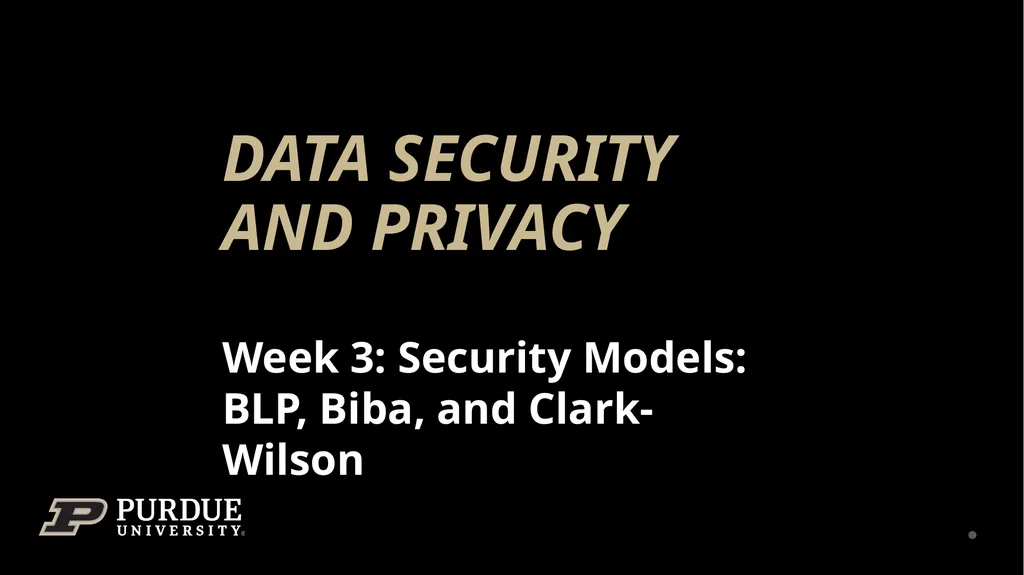
Data Security and Privacy Week 3: Security Models:
Author: cheryl-pisano | Published: 2025-07-18
Description: Data Security and Privacy Week 3: Security Models: BLP, Biba, and Clark-Wilson 1 Bell and La Padula: Secure Computer System: Unified Exposition and MULTICS Interpretation Section II Kenneth J. Biba: Integrity Considerations for Secure
Download Presentation
Download the PPT/PDF: Download
Transcript:
Loading transcript…